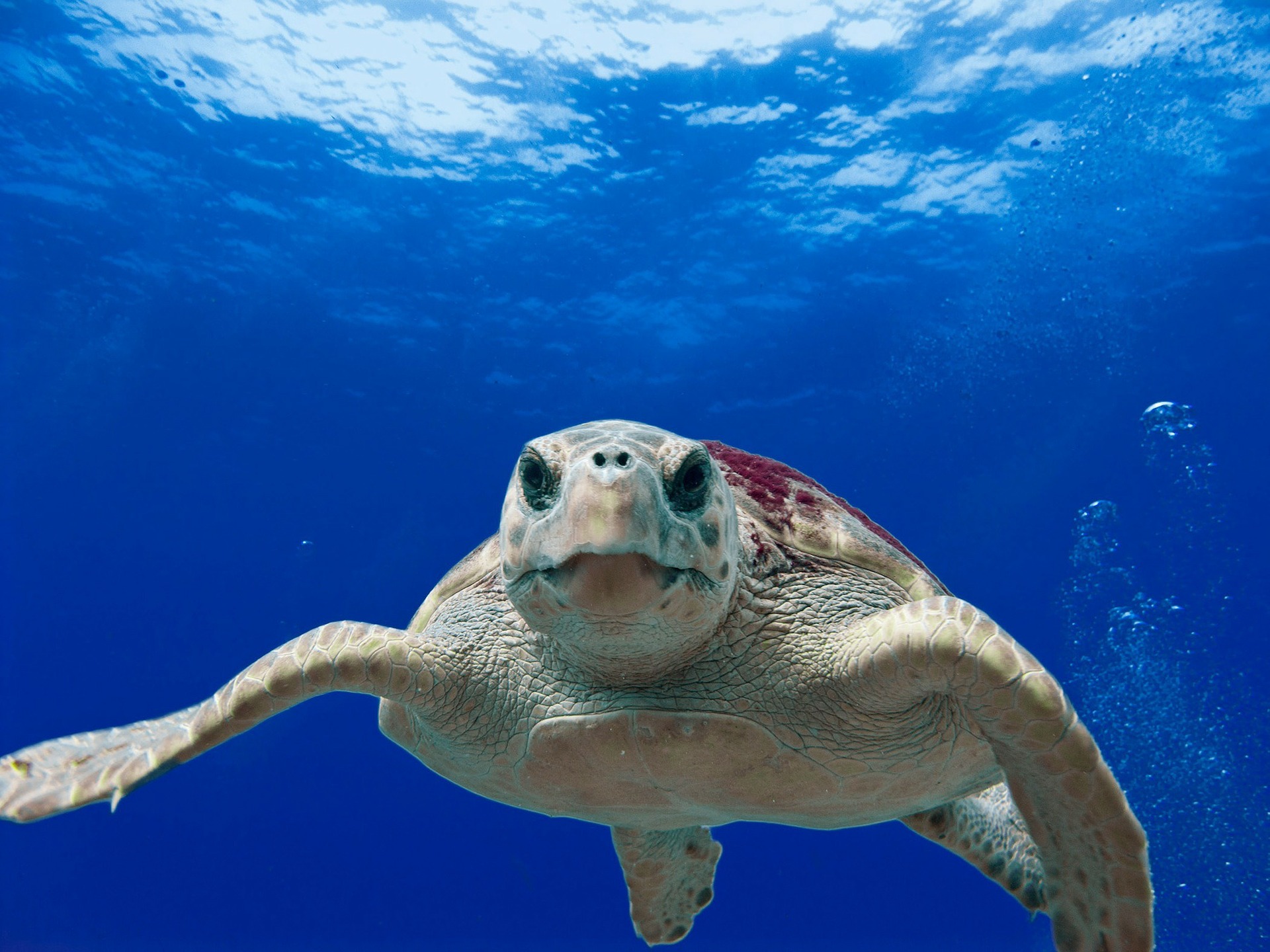Media release
From:
Uncovering loggerhead (Caretta Caretta) navigation strategy in the open ocean through the consideration of their diving behaviour
A groundbreaking study has revealed new insights into the navigational strategies of sea turtles during their pre-reproductive migration. Using data from 25 juvenile loggerhead turtles, researchers have uncovered a remarkable map and compass strategy not previously seen in this turtle species. This novel strategy involves straight-line swimming at a steady speed of about 0.5 metres per second, interspersed with occasional course corrections. What makes this discovery even more significant is the methodology used: the researchers considered three-dimensional ocean currents, rather than the more commonly used surface current approach. This novel approach reveals a common, cross-species, open-ocean navigation mechanism and highlights the crucial role of diving behaviour in understanding the spatial ecology of sea turtles.
Loggerhead-ing north – Sea turtles navigate oceans using their internal ‘map-and-compass’ orienteering abilities. Combining tracking data from 25 late-juvenile loggerhead turtles migrating from Reunion Island in the Pacific Ocean with 3D models of ocean currents, researchers have mapped for the first time how the turtles combine straight-line swimming, with occasional course corrections to account for ocean currents. This strategy, hypothesised in green and hawksbill turtles, may be a common ocean-navigation mechanism across all turtle species.



 International
International



